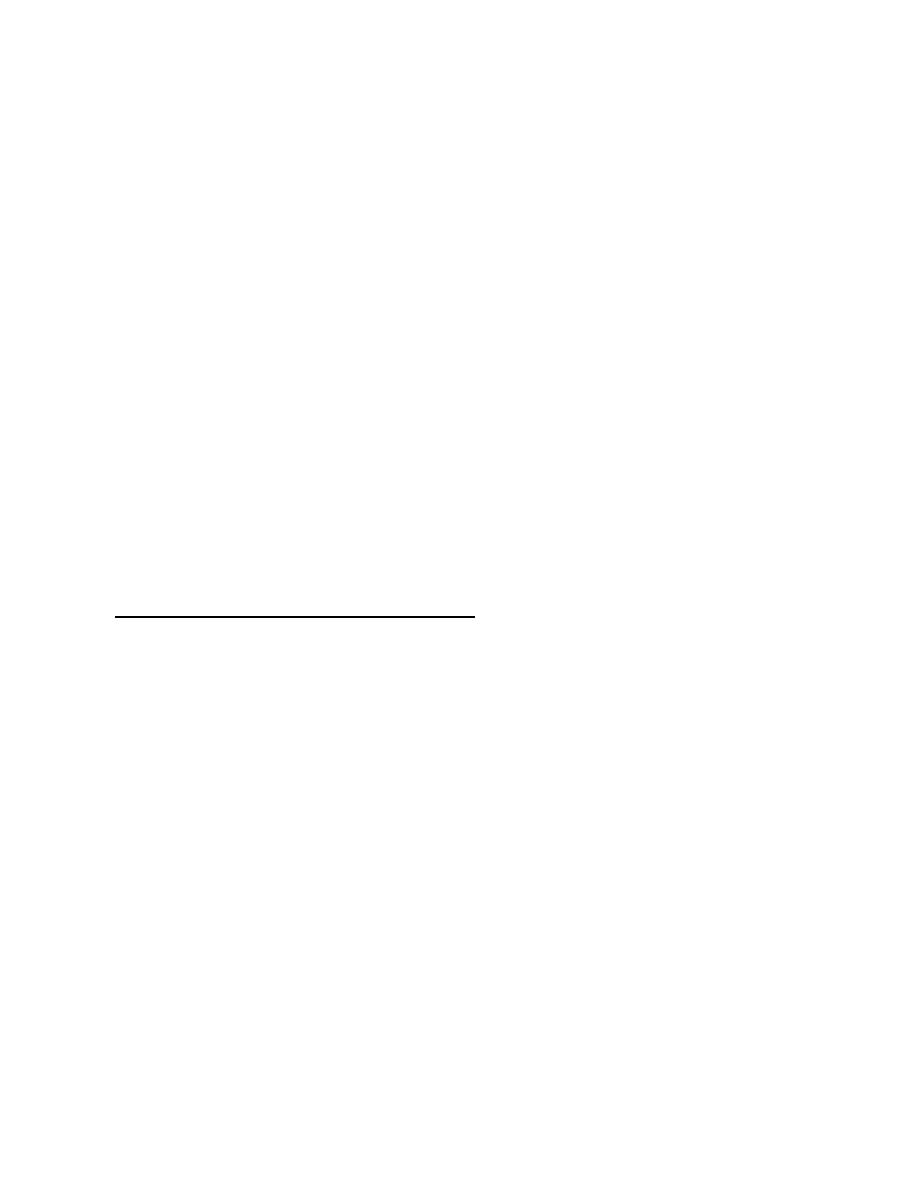

Custom Search
|
|

|
||
 MAINTENANCE OF COMPRESSED AIR DISTRIBUTION SYSTEMS
Section 5.
1 INSPECTION AND MAINTENANCE. P i p i n g system reliability and trouble-free
service are promoted by proper operating procedures to include:
( a ) Proper Ratings. Do not operate piping systems beyond their normal
pressure and capacity ratings, except during emergency conditions and under
close observation.
( b ) Correct Operation. Follow operating procedures as described in
s e c t i o n 3 of this chapter. Make certain piping system is always drained of
condensed moisture and free of oil and dirt.
(c) Piping Supports. Ensure supports, hangers, anchors, and guides
adequately support and guide the pipes. Check operation of expansion joints
or bends.
(d) Ventilation and Draining of Manholes. Ensure manholes of
underground systems are always well ventilated and drained.
( e ) Cathodic Protection. F o l l o w manufacturer's instructions for
o p e r a t i o n of cathodic protection systems, if provided. T a k e rectifier
readings monthly and make Structure-to-Electrolyte potential readings
quarterly as described in paragraph 2.4.5. R e p o r t inconsistent readings to
your supervisor or EFD (code 102) immediately.
2 PREVENTIVE MAINTENANCE INSPECTION. Inspect piping systems with a frequency
a p p r o p r i a t e for the particular installation and type of service given. The
following inspection schedules are considered adequate for average
installations.
I n s p e c t for the following
2.1 Monthly Inspection of Aboveground Systems.
i terns.
I t is very important that air distribution lines be kept
( a ) Leaks.
free from leaks. A l/16-inch hole on an air line carrying compressed air at
100 psig pressure wastes approximately 2,200,000 cubic feet of air per year if
operated continuously. This approximates the entire output of a 500 cubic
feet per minute compressor operating during nine 8-hour days.
( b ) Moisture and Dirt. C h e c k traps, strainers. and dehumidifiers for
proper operation according to manufacturers' recommendations and operating
environment.
(c) Abnormal Pressures. I n s u f f i c i e n t pressure may indicate excessive
l e a k a g e , line obstructions preceding the using station, clogged strainers,
defective compressor operation or controls, or improper operation of pressure
r e d u c i n g stations. Excessive pressures may indicate malfunctioning of the
compressor control, i m p r o p e r setting or defective operation of the air
r e c e i v e r safety valve, o r malfunctioning of pressure reducing stations.
(d) Excessive Pressure Drops. An overloaded pipeline or an obstructed
line will show an excessive pressure drop.
( e ) V i b r a t i o n . Vibration may be caused by inadequate or defective
supports, and/or improper anchorage.
5-16
|
 |
|
 |
||